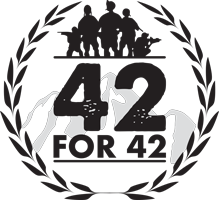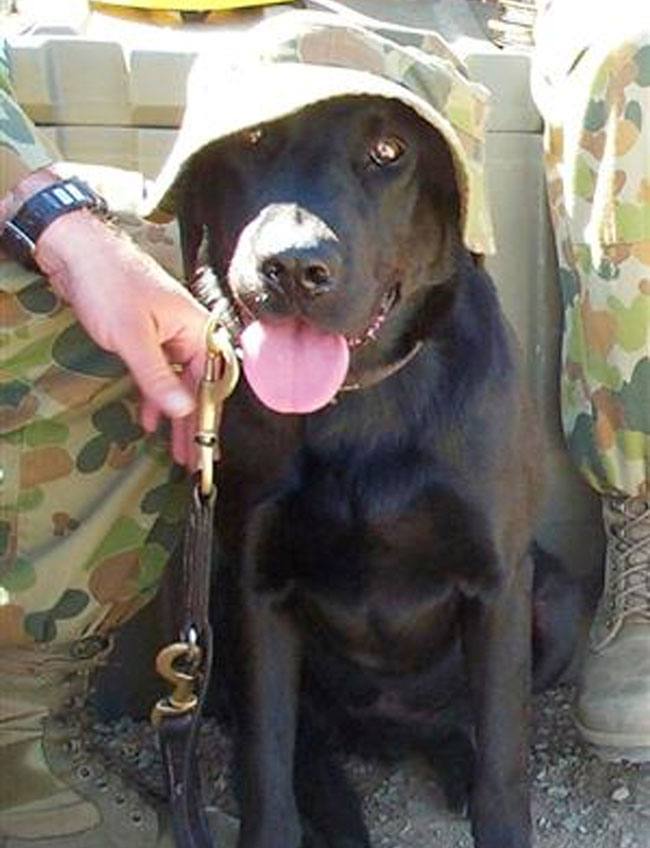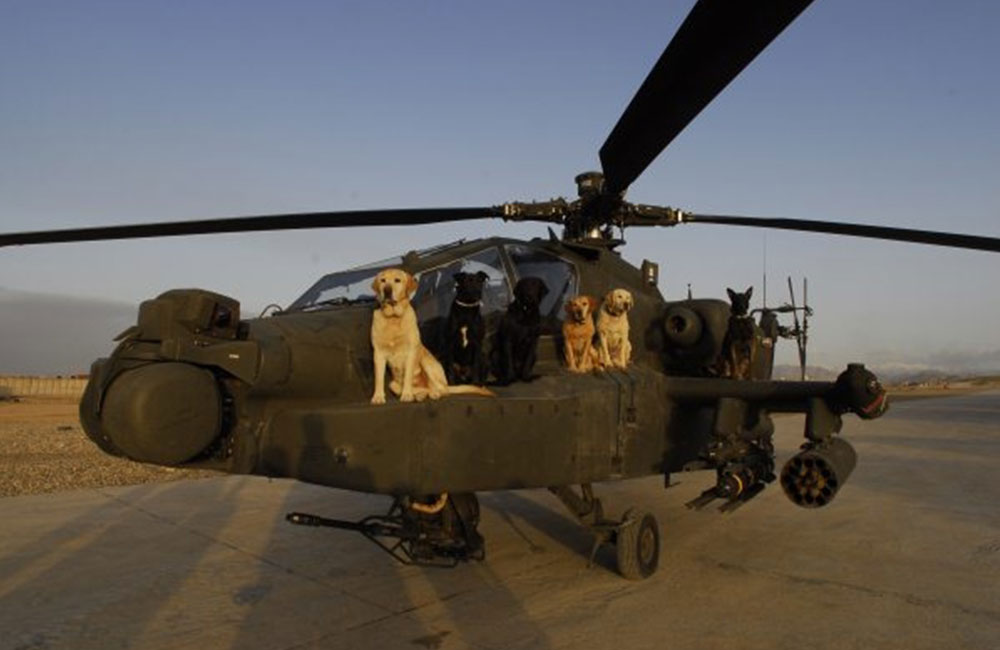Explosion Detection Dogs
Working dogs were first used by the Royal Australian Engineers (RAE) in 1918. These were British dogs working as messengers in the trenches of France for Australian sappers.
In 1944 the 1st Australian Dog Platoon, RAE, began to use search dogs. The Army dogs’ human comrades are known as Military Working Dog Handlers.
In modern conflicts, Army Explosive Detection Dogs (EDDs) and their handlers have provided critical support to the Australian Defence Force and civilian government agencies. The dogs help their handlers find improvised explosive devices, ammunition and weapons. To be trained for this role, dogs have to demonstrate a keen instinct to hunt, play and retrieve.
It is sobering to learn that Australian Defence Force’s Explosive Detection Dogs (EDD) mostly come from shelters, and if fate had taken a different path, they might have been our pet.
These canine heroes are selected not for their size or intimidating physical presence, but because they’re never happier than with a nose to the ground, and have an obsessive love of balls, which makes training possible. Recruitment officers also sniff out extrovert canine’s characters who aren’t phased by when the world goes a little crazy around them. Strong bonds develop between the EDD handlers and their dogs. These brave and loyal dogs save lives. A number were killed while on active service in Afghanistan.
The war in Afghanistan has highlighted the role of Explosive Detection Dogs (EDD) in the Australian Defence Force. Trained at Holsworthy Barracks in Sydney, EDDs were specially trained to use their heightened sense of smell to detect the many different chemical compounds that made up Improvised Explosive Devices (IEDs) by Taliban insurgents throughout Uruzgan province. They were also used to search compounds for contraband such as drugs and weapons caches. As such, EDDs worked in conjunction with their highly trained handlers, usually from the Royal Australian Engineers, who command the dogs to locate IEDs ahead of infantry and vehicle patrols. It is unknown just how many EDDs were deployed to Afghanistan since Australian troops were committed to Afghanistan in 2001.
I question not your commands,
I follow faithfully wherever you go,
I pledge my loyalty no matter what,
I share the danger of your domain,
And will readily lay down my life for yours…
…for in this moment we are one.
Honour Roll
‘Merlin’, an Australian Army Explosive Detection Dog serving with the Reconstruction Task Force, was accidentally killed in a vehicle incident on 31 August 2007.
‘Razz’, an Australian Army Explosive Detection Dog serving with the Special Operations Task Group, was killed in an IED incident on 20 September 2007.
‘Andy’, an Australian Army Explosive Detection Dog serving with the Special Operations Task Group, was killed in a vehicle incident on 22 November2007.
‘Nova’, an Australian Army Explosive Detection Dog serving with Mentoring and Reconstruction Task Force 2, was accidentally killed in a vehicle incident on 23 October 2009.
‘Herbie’, an Australian Army Explosive Detection Dog serving with Mentoring Task Force 1, was killed in an IED incident on 7 June 2010.
‘Lucky’, an Australian Army Explosive Detection Dog serving with the Special Operations Task Group, was declared Missing in Action, likely to be dead during a large contact on 4 July, 2011.
‘Quake’, a Military Working Dog serving with the Special Operations Task Group, was killed in a small-arms contact on 25 June 2012.
‘Devil’ a Military Working Dog serving with the Special Operations Task Group, was killed in a small-arms contact on 2 July 2012.
‘Fax’ a Military Working Dog serving with the Special Operations Task Group, was killed in a small-arms contact on 6 January 2013.



